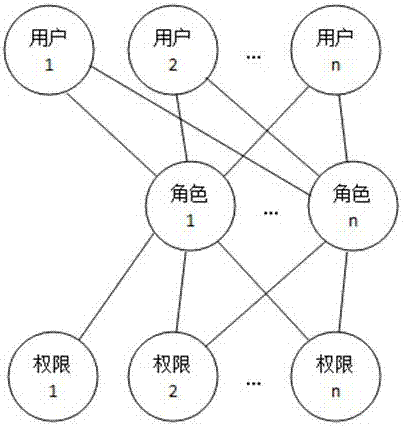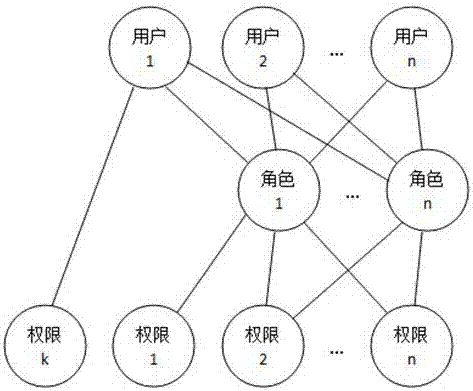Method for setting approval role for workflow approval node according to level of department
An approval node and workflow technology, which is applied in the field of setting approval roles at the department level in workflow approval nodes, can solve problems such as increasing system internal friction, increasing authorization, and complicating time-consuming, so as to reduce circulation conditions and circulation lines, improve efficiency and Reliability, the effect of improving system reliability
- Summary
- Abstract
- Description
- Claims
- Application Information
AI Technical Summary
Problems solved by technology
Method used
Image
Examples
Embodiment 1
[0099] [Example 1] The method for setting the approval role of the workflow approval node at the department level includes a step of setting the system organizational structure and a step of setting the approval role at the department level:
[0100] The step of setting the system organization structure includes the following sub-steps:
[0101] SS1: Create the departments and roles contained in the system organization structure, and set the hierarchical relationship between departments, such as Figure 4 As shown, department A is one level higher than department B, and department A is two levels higher than department C...;
[0102] SS2: Set the role of department heads of each department;
[0103] The steps for setting approval roles at the department level include:
[0104] Set the department level to n, where n is a positive integer ≥ 0: if the submitted role is role d2, then:
[0105] (1) When n=0, the workflow approval process submission role d2 acts as the approval r...
Embodiment 2
[0114] [Example 2] The method for setting the approval role of the workflow approval node at the department level includes a step of setting the system organizational structure and a step of setting the approval role at the department level:
[0115] The step of setting the system organization structure includes the following sub-steps:
[0116] SS1: Create the departments and roles contained in the system organization structure, and set the hierarchical relationship between departments, such as Figure 4 As shown, department A is one level higher than department B, and department A is two levels higher than department C...;
[0117] SS2: Set the role of department heads of each department;
[0118] The steps for setting approval roles at the department level include:
[0119] Set the department level to n, where n is a positive integer ≥ 0: if the submitted role is role d2, then:
[0120] (1) When n=0, the workflow approval process submission role d2 acts as the approval r...
Embodiment 3
[0133] [Example 3] such as Figure 5 As shown, the workflow control method includes the following steps:
[0134] S1: Construct a three-tier structure model of user-role-permission, in which:
[0135] Role layer: The operation subject of process initiation and approval in the workflow is a role. Each role is an independent individual, not a group / class. A role can only be associated with a unique user at the same time, and a user is associated with one or more roles. ;
[0136] Permission layer: It is composed of the permissions needed in workflow execution, and the permissions are directly authorized to roles;
[0137] User layer: Users determine the approval tasks in the workflow through the associated roles, and perform approval operations with the permissions of the associated roles;
[0138] S2: if Figure 7 As shown, the three-tier structure model is used to control the workflow. An approval process includes a start node, at least one approval node, and an end node: ...
PUM
 Login to View More
Login to View More Abstract
Description
Claims
Application Information
 Login to View More
Login to View More - R&D
- Intellectual Property
- Life Sciences
- Materials
- Tech Scout
- Unparalleled Data Quality
- Higher Quality Content
- 60% Fewer Hallucinations
Browse by: Latest US Patents, China's latest patents, Technical Efficacy Thesaurus, Application Domain, Technology Topic, Popular Technical Reports.
© 2025 PatSnap. All rights reserved.Legal|Privacy policy|Modern Slavery Act Transparency Statement|Sitemap|About US| Contact US: help@patsnap.com



